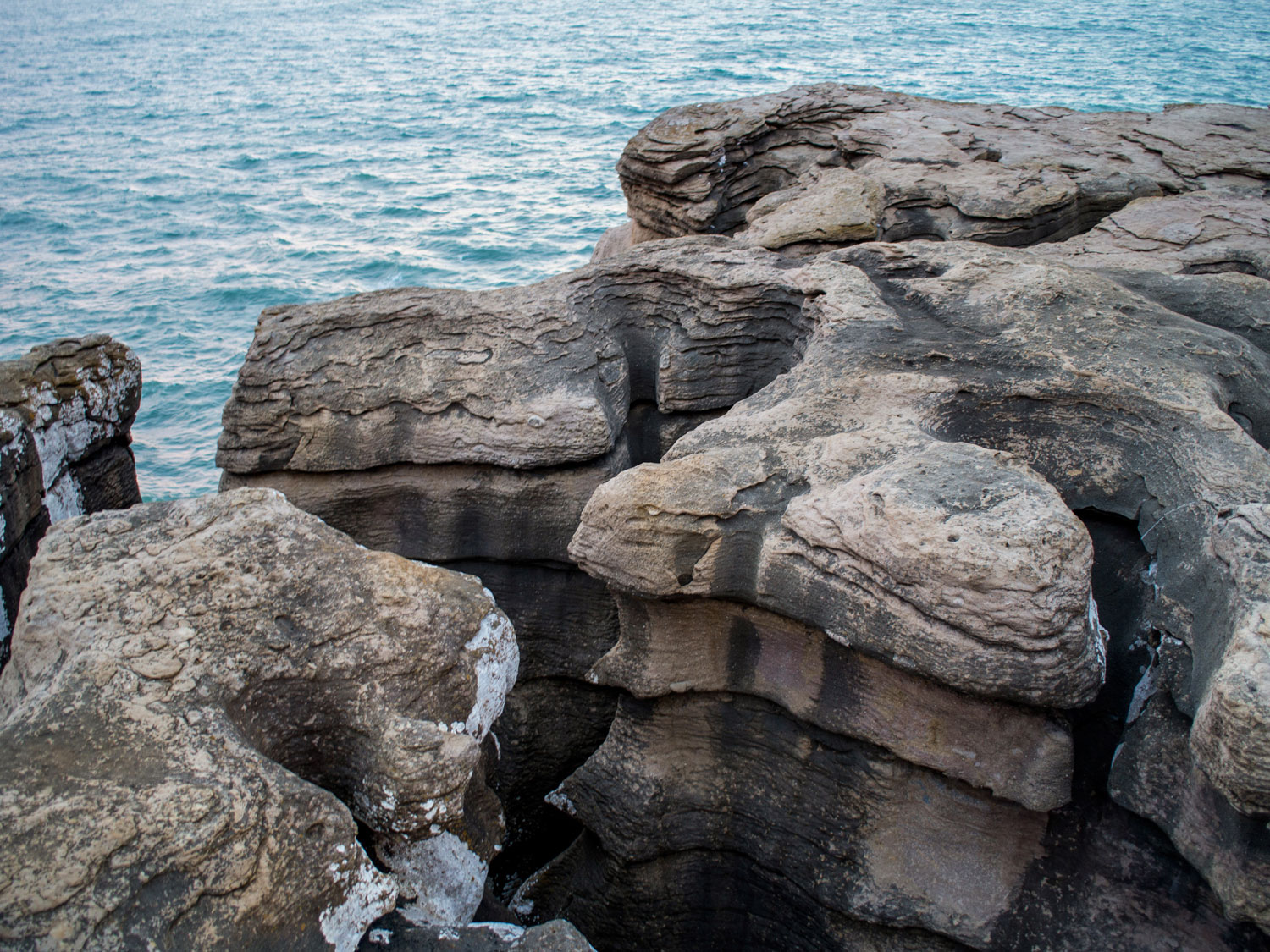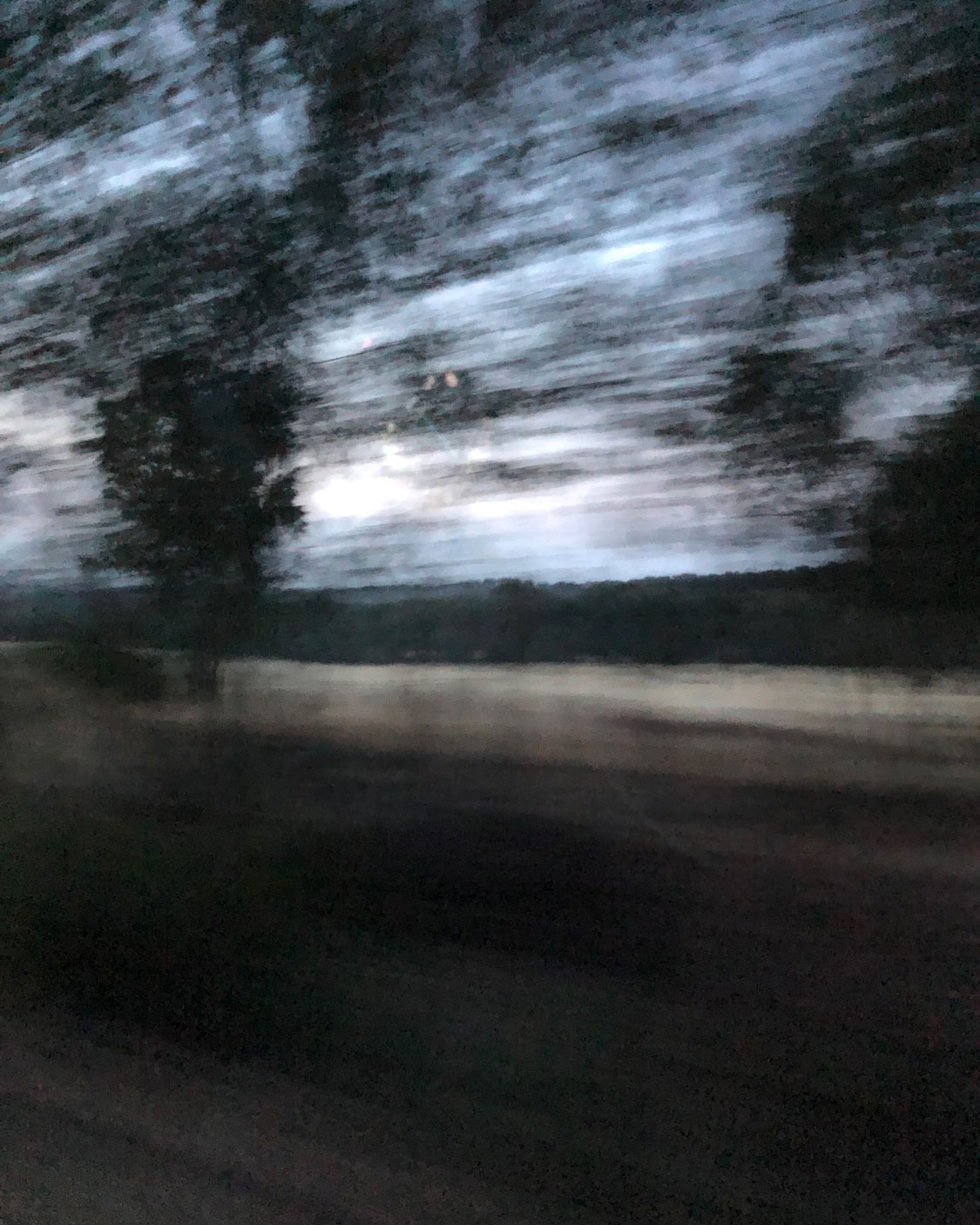/Sep
2020
8 Questions to
Noé Duchaufour-Lawrance
Why leave France and choose Portugal?
—
Choosing a new country means leaving one’s comfort zone, looking at and perceiving things in a different way. I grew up in Brittany in France, was living in Paris and I was looking for a place to breath and look at the horizon, it was a time in my life where I really needed the sense of space and a place with a sense of origin. These points are necessary and inspiring for my work. In Portugal, the geographical positioning gives this opportunity, the ocean and the land.
I have worked a lot in my life, loving specifically my time with craftspeople, I also find industry fascinating, the whole process that involves humans. I wanted to find a place where the designing was part of the production.
Portugal is a country undergoing change –it feels now that it is in transition, rooted in heritage but currently in motion and this dynamic is one of its assets. It feels to me like one of the only countries that always comes back to itself. It has been anchored by necessity in certain traditions, this strong connection can still be found here. The country remains attached to a certain form of “simplicity” which, in my opinion, is essential. To choose Portugal is to take up a new approach – to get physically closer to the work of craftspeople, in their workshops.
It is captivating to be a foreigner in a new country it feels fresh and invigorating. Sensation created this project, the moments of excitement with explorations, like the beginning of a love story.






